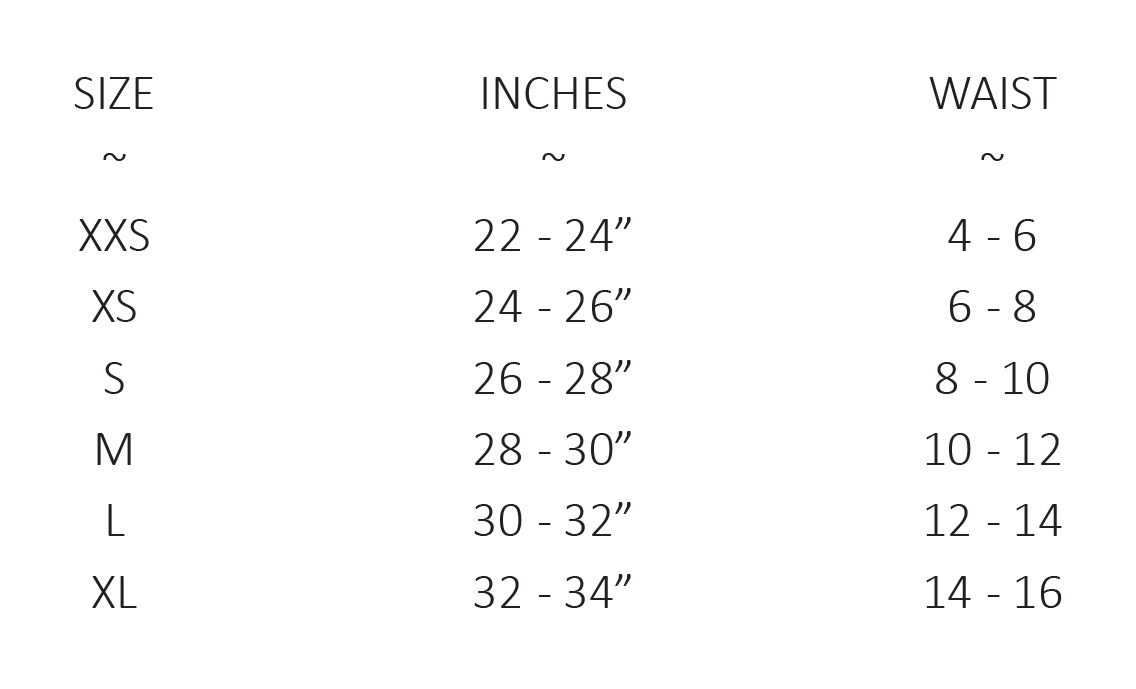O U R L E A T H E R
Most leather that you see in the average high-street shop is Chromium tanned - a method that processes and preserves an animal hide with the use of chromium salts. For big manufacturers this method is advantageous because it’s cheaper and colourfast. However, the effluents released during both tanning and cultivating the animals, are highly toxic and damaging to the environment.
Its important to be honest and state that vegetable tanned leather isn’t wholly un-damaging to the environment either. But it’s a lot less toxic. Also, the nature of the material has a much longer wearing lifespan. If cared for properly, a vegetable tanned product can last you a lifetime.
L E A T H E R C A R E
The following tips may help you in utilising your leather product.
· Avoid getting your vegetable tanned product soaking wet. Rain is fine, but it will mark or ripple the surface depending on the amount of moisture it’s exposed to. Just make sure that the leather is allowed to dry without too much heat.
· Treat the leather to some natural beeswax two or three times a year. The amount of wax treatments depends on how much the product is used. Just apply to the surface of the product in a gentle circular motion with a clean cloth.
· Avoid drying the leather out too much by keeping it away from high heat sources. Allowing the lather to dry out too much will cause it to ripple or crack.
If you have any other queries regarding the leather we use, please contact the studio.


